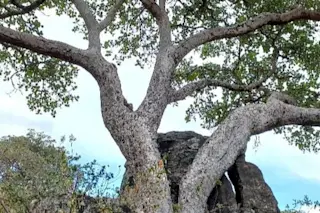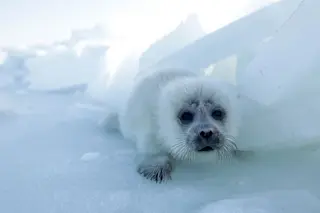During their heyday in the Cambrian Period, some 500 million years ago, trilobites were as common and as diverse as their crustacean cousins are today. These shelled arthropods crawled on seafloors the world over. Some were fingernail size; others as long as a foot. Yet despite that early success, by 250 million years ago they had vanished from the world’s oceans. What happened to them? Some researchers speculate that predators-- including primitive jawed fish--wiped them out. There is a precipitous decline in trilobite diversity as the predator groups got more abundant, says Danita Brandt, a paleontologist at Michigan State University. But Brandt doubts that predation alone can explain the trilobites’ demise. Modern crustaceans, she points out, have no trouble surviving in predator- filled waters.
Brandt thinks another factor may have decided the trilobites’ fate: the way they molted. Like all arthropods, trilobites were encased in a hard protective exoskeleton that ...














